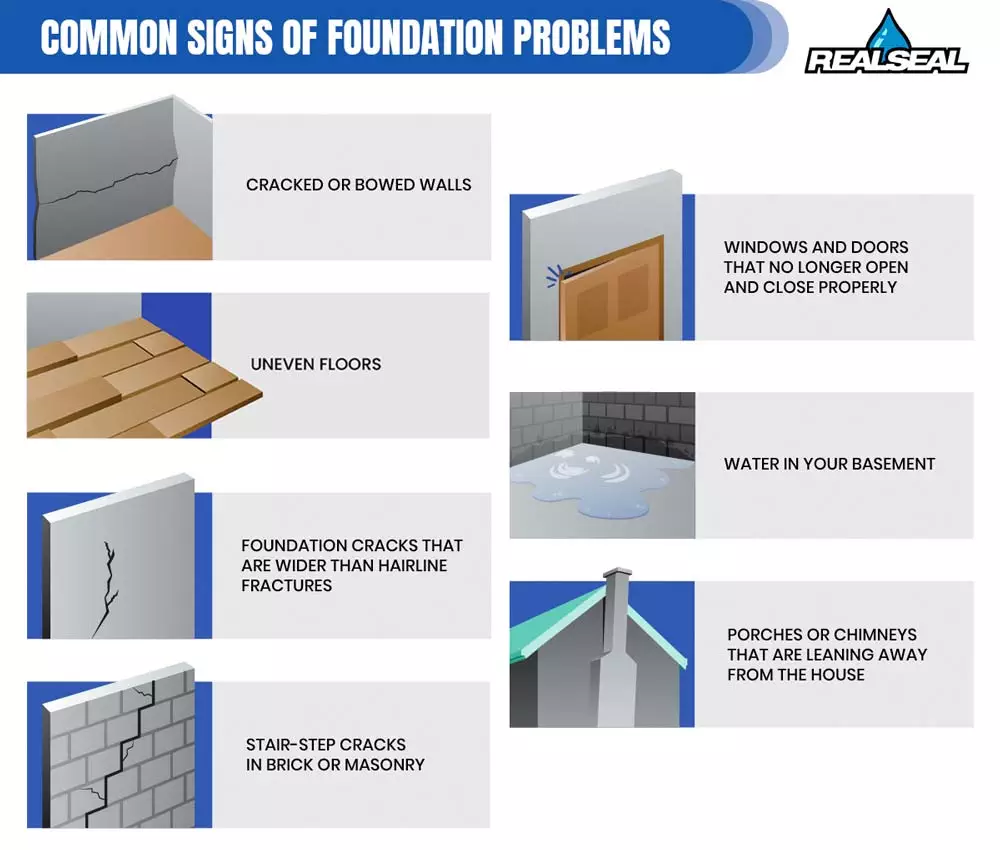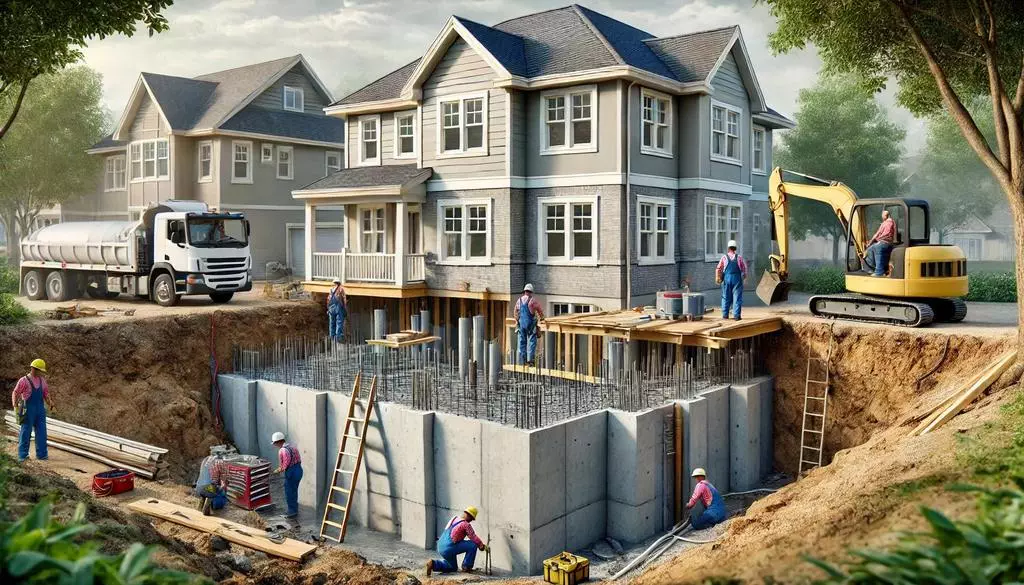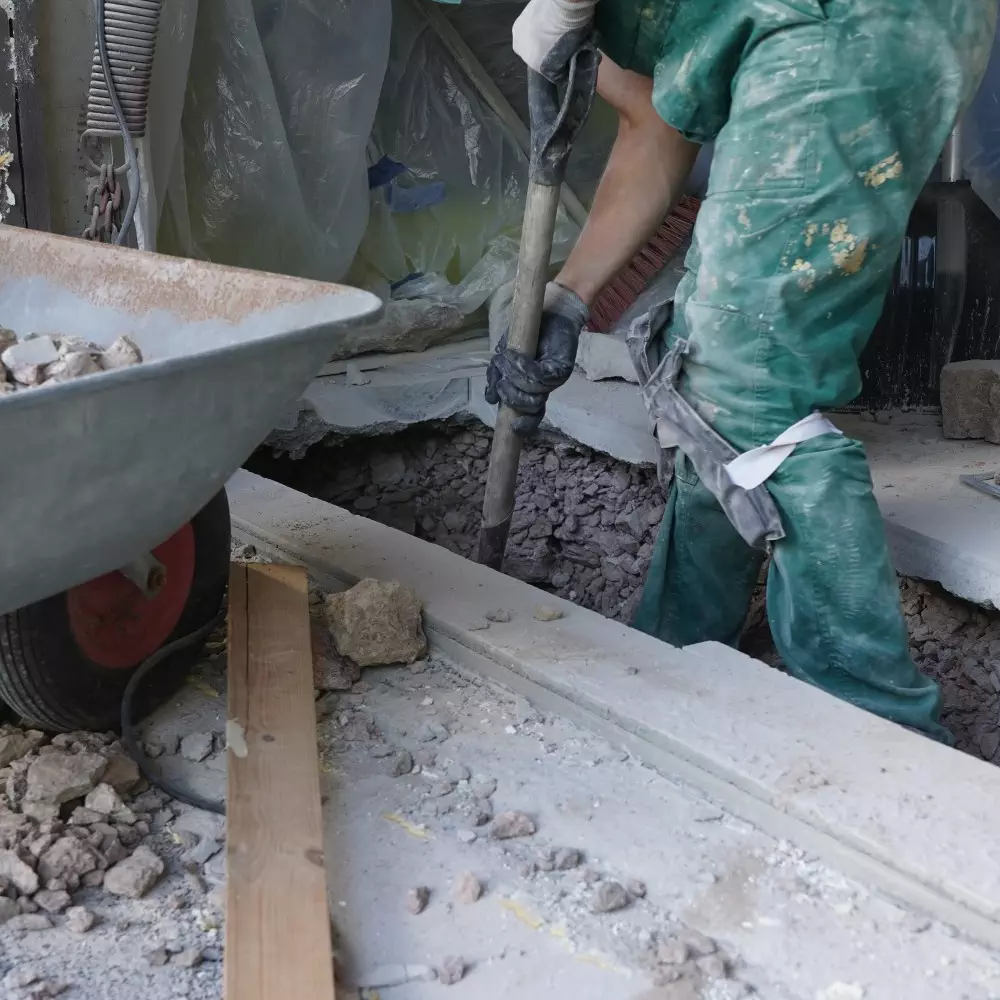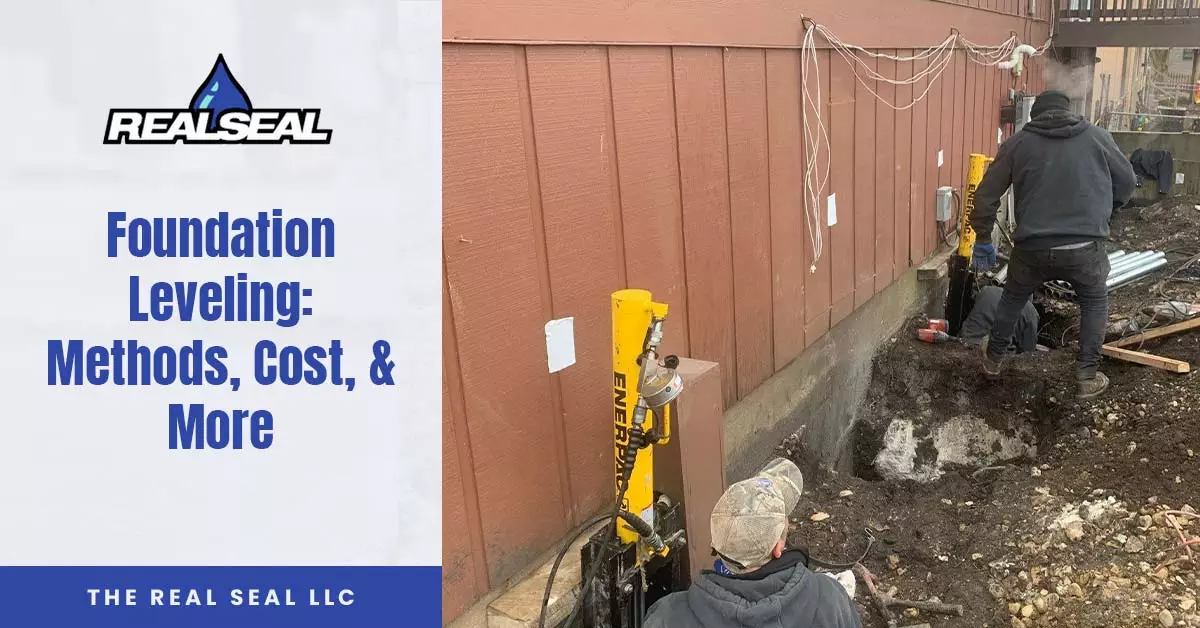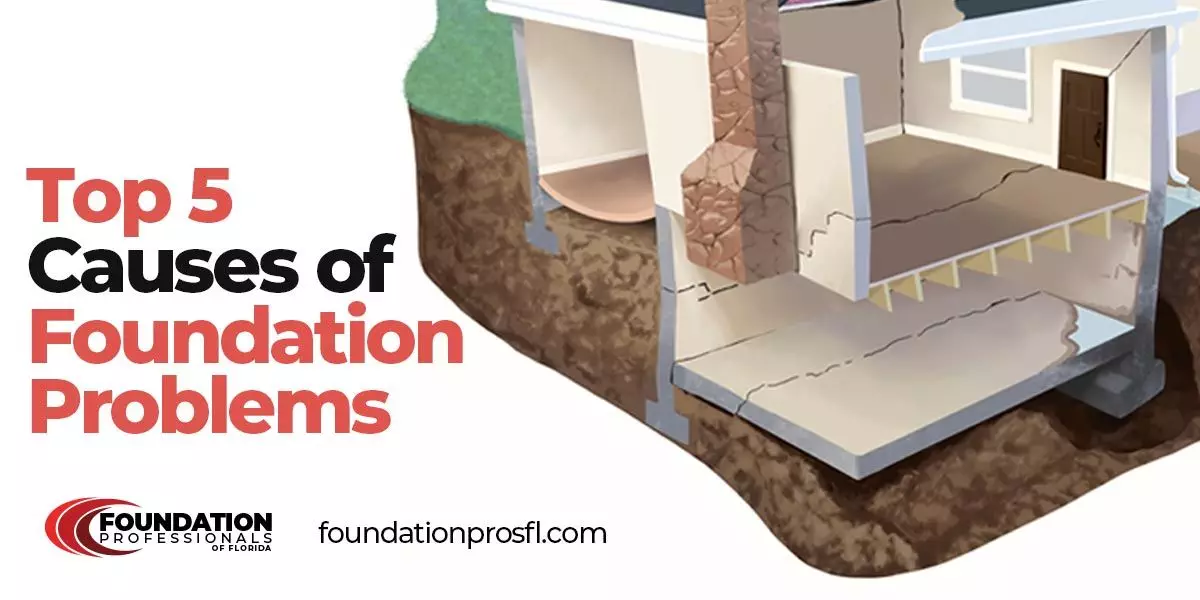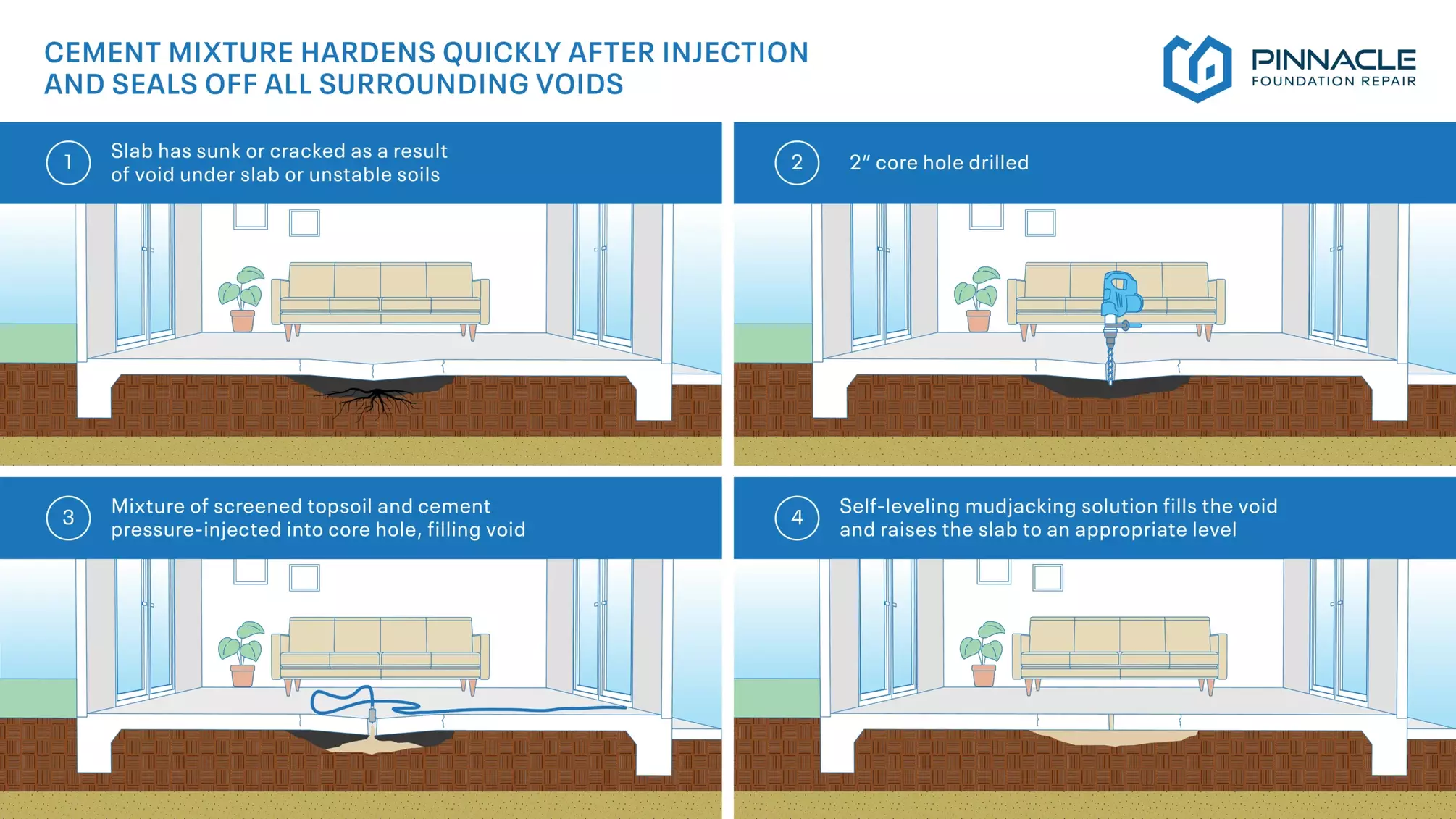
7 Drainage Solutions for Foundations: How to Get More from Your Home’s Stability
Foundation problems can sneak up on you, catching you by surprise. You might have noticed cracks in your walls or even a wet basement floor, leaving you wondering what went wrong. Drainage solutions for foundations could be the answer. You can explore different methods like french drains or sump pumps, helping you protect your home and ensuring it stands strong for years to come. By understanding these drainage options, you’re taking a smart step towards making sure your foundation remains solid.
Here’s something surprising: tiny adjustments in your yard’s grading or the installation of exterior drainage systems can dramatically change your home’s behavior against water. Imagine directing storm water away from your foundation instead of watching it seep in and cause damage. You could also consider other solutions, like foundation drainage systems, that effectively manage water pressure. With all the options available, you have the power to prevent future water issues and keep your home dry and damage-free.
Curious to learn how to protect your home? Dive into the article to discover practical and effective drainage solutions. Your home deserves the best foundation care you can give!
Within the post
Effective Drainage Solutions for Foundations
Understanding the Importance
When you think about protecting your home, it’s crucial to keep in mind the importance of directing water away from your home’s foundation. Water can be sneaky, finding ways to seep and soak into places it shouldn’t. Left unchecked, it can cause serious problems for your foundation, leading to costly repairs. Therefore, it’s essential to keep water away from your home.
Your home’s structure relies on a solid foundation. If water reaches it, the foundation can crack, settle, or even shift. This can disrupt your walls, floors, and ceilings. So, effective drainage solutions are not just about keeping water out. They’re about protecting the structural integrity of your home.
Components of Foundation Drainage Systems
To manage water effectively, foundation drainage systems involve several components that work together. These components include things like pipes, pumps, and gravel, each playing a role in directing water away from your home. By working together, these components ensure that water doesn’t cause damage to your home.
Each part has its specific job. The pipes move water away, while gravel helps water to drain quickly. Pumps can remove water from areas that collect it, keeping your foundation dry and stable. Together, they form a strong system that manages water efficiently.
French Drains
French drains are an effective foundation drainage system solution. They channel water away from your foundation efficiently. Imagine a trench filled with gravel, with a perforated pipe at the bottom. Water naturally flows into the trench, then seeps through the gravel and into the pipe. From there, it’s directed away from your foundation.
This system is simple yet highly effective. French drains can be installed around your home’s perimeter or in specific problem areas. They are an excellent choice if you want a straightforward solution to manage water. With a proper foundation drainage installation, French drains can be a fantastic way to keep your home dry.
Exterior Drainage Systems
Exterior drainage systems control surface water effectively, ensuring it does not pool near your home. These systems include things like gutters, downspouts, and swales. Gutters catch rainwater from your roof, while downspouts direct it away from your house. Swales, which are gently sloped channels, help guide water along the desired path.
Preventing erosion and damage is another important role they play. If water is left to flow uncontrolled, it can wash away soil around your foundation. This is where exterior drainage systems come in handy. They ensure water flows smoothly and safely away, which helps prevent erosion and maintain your foundation’s strength.
Foundation Water Management
Foundation water management involves ensuring that water flows in the right direction, away from your foundation. This might mean adjusting things like your gutters or even re-grading your yard. You might not think much about how water flows around your home, but it’s crucial for your foundation’s health.
Proper water management is critical for preventing problems such as cracks and settling. It focuses on making sure water is collected and redirected away quickly. By doing so, you reduce the amount of water pressure against your foundation. This ensures it remains in good shape and avoids damage over time.
Yard Grading
Yard grading is all about creating a slope that directs water away from your house. It involves slightly sloping the ground around your home so water doesn’t pool near the foundation. The key here is to make sure that the slope directs water at least a few feet away from the foundation.
Done correctly, yard grading prevents pooling and protects your foundation. You won’t have to worry about water collecting and causing problems. Instead, it moves naturally and safely, keeping your future repair needs to a minimum. Proper grading is a simple, yet effective way to ensure that water doesn’t gather where it can cause trouble.
Understanding Sump Pumps
Purpose of Sump Pumps
Sump pumps are devices designed to remove excess water efficiently, keeping your basement dry. Imagine a small pit beneath your home’s lowest point. When water collects there, the pump activates and sends the water outside through a discharge pipe.
- Prevent basement flooding.
- Easy maintenance.
By removing water, sump pumps are key for maintaining your foundation’s stability. A dry basement means less risk of water damage, mold growth, or even structural issues. If you live in an area with heavy rain, a sump pump can be an essential part of your home protection strategy.
Installation Best Practices
If you’re considering a sump pump, following installation best practices is vital for success. First, choose the right location, usually the lowest point. Next, ensure the sump pit is deep enough for the pump to work efficiently. After placement, seal the area to prevent debris from entering.
Finally, make sure the discharge line is clear and directs water far away from the foundation. Regularly inspect and maintain the pump to keep it functioning properly. This way, you’ll avoid inside basement solutions that are more disruptive and costly.
Basement Waterproofing Techniques
Interior Solutions
Interior basement waterproofing focuses on sealing cracks and leaks. If you notice small cracks in your basement walls or floors, sealing them promptly can prevent leaks. Use special sealants to fill in the cracks and keep water out. This method is usually cost-effective and can be done fairly quickly.
However, if you have persistent water problems, you might need to explore other options. Sometimes, inside basement solutions need to work alongside exterior solutions for best results. By addressing these issues, you can keep your basement dry and safe from water damage.
Exterior Solutions
Exterior solutions focus on keeping water from reaching your basement walls in the first place. This might include adding waterproof coatings to your foundation walls or installing new drainage systems. Such coatings act as a barrier, preventing water from seeping through.
Other options may involve improving existing systems, like enhancing your gutter and downspout setups. By upgrading these, you can better direct water away from your home’s foundation. When these solutions work together, they provide a comprehensive method for keeping water at bay.
Crawl Space Drainage Options
Understanding Crawl Space Needs
Your crawl space needs protection from moisture to maintain a healthy environment. Moisture buildup can lead to mold growth, structural damage, and pest infestations. Therefore, keeping it dry is essential for both the crawl space and the rest of your home.
Regularly check for signs of moisture, such as dampness or mold. A dry environment ensures your support beams and flooring remain in good shape. Maintaining a healthy crawl space means you protect your home from these common issues.
Vapor Barriers
Vapor barriers are effective options for crawl space drainage. Installed on the ground and walls, these sheets block moisture from entering the space. By reducing moisture, vapor barriers protect your crawl space effectively, preventing mold and structural damage.
The installation involves laying down large sheets of plastic or foil. It’s crucial to cover all areas to prevent moisture from seeping in. By adding this layer of protection, you help keep your crawl space dry and safe.
Foundation Repair Necessity
Foundation repair is necessary when you notice issues like cracks or settlement. Addressing foundation repair needs promptly can prevent minor problems from becoming major headaches. Ignoring these signs could lead to more extensive damage, which means higher repair costs.
Consult with a professional if you see signs of foundation damage. They can assess the situation and offer solutions, whether it be reinforcing the foundation or installing additional drainage systems. Rapid response is key to maintaining your home’s stability.
Home Drainage Solutions
Home drainage solutions should be tailored to your specific needs. Each home is different, and what works for one might not work for another. Consider things like climate, soil type, and property layout when choosing your drainage options.
By customizing solutions, you ensure long-term protection for your home. Additionally, regular maintenance of these systems ensures they continue to function effectively. Keep an eye on them, and adjust as necessary to prevent water-related issues.
Creating a Comprehensive Plan
Creating a comprehensive plan for drainage involves combining multiple strategies for the best results. This means you might use a mix of French drains, sump pumps, and grading techniques, depending on your situation. The goal is to cover all bases and ensure water doesn’t threaten your foundation.
Assess Your Home’s Needs
Start by evaluating your home’s specific risks. Is your area prone to heavy rainfall, or do you have poor drainage due to flat terrain? These factors influence the drainage solutions you choose. Tailor your selections accordingly to address these challenges effectively.
Consider seeking professional advice for an objective view of what your home needs. They can help you see potential problem areas and suggest solutions you might not have considered. With the right guidance, implementing your solutions will be smoother and more successful.
Monitoring and Maintenance
Monitoring and maintaining your drainage systems is crucial. Regular inspections help you identify any issues before they become serious. Look for signs like pooling water or damp walls, which indicate problems with your system.
Addressing these issues quickly ensures the long-term performance of your drainage solutions. Keep things running smoothly by checking components regularly, such as cleaning gutters and testing sump pumps. Simple maintenance can prevent more significant problems down the road.
Adapting Over Time
Your drainage needs may change, so it’s important to adapt strategies as needed. Stay informed about new solutions and technologies that may benefit your home. If something isn’t working well, don’t hesitate to make a change.
Protecting your home’s value and your investment should be a priority. Keeping up with advances in home drainage solutions ensures your home remains safe from water issues. An adaptable approach means you’re always ready for whatever nature throws your way.
Implementing Foundation Drainage Approaches
Choosing the right drainage solutions for foundations requires careful consideration. You don’t want to rush into decisions without understanding your options fully. Weigh the pros and cons of each system and how they fit into your overall plan.
Consider Your Environment
Before implementing any solution, you need to consider your local environment. Climate and soil conditions in your area will influence your foundation water management choices. For example, heavy rainfall areas might benefit more from extensive exterior drainage systems.
Ensure your choices provide adequate protection for your specific situation. By considering these factors, you can make informed decisions that keep your foundation safe and sound.
Combining Multiple Techniques
By combining multiple techniques, you can maximize the effectiveness of your drainage system. Using different methods together helps keep water away from your foundation more efficiently. For instance, combine French drains with yard grading to cover both surface and underground water issues.
This layered approach tackles foundation water management from all angles. It ensures that even if one method experiences a hiccup, others will continue to perform. This creates a robust protection plan for your home.
Enhancing Your Home’s Stability
With the right foundation drainage systems, you can greatly improve the stability of your home. These solutions effectively manage water, reduce risks of wet basements, and prevent damage from water pressure. You can enjoy a safer, more secure home environment. Plus, you might even see your property value increase over time as a result of these proactive measures.
You can take the first step today by assessing your current drainage situation. Look around your home for signs of poor drainage or erosion issues. Consider simple fixes like french drains or sump pumps to tackle specific areas. If you need more robust solutions, contacting a professional for advice on foundation repair or exterior drainage systems can help you choose the best approach for your property.
Start by checking your yard and basement for signs of water trouble. Take action now to protect your home and enhance its longevity. Feel the peace of mind that comes with a well-drained, stable foundation. Your home deserves the best care you can give it.
